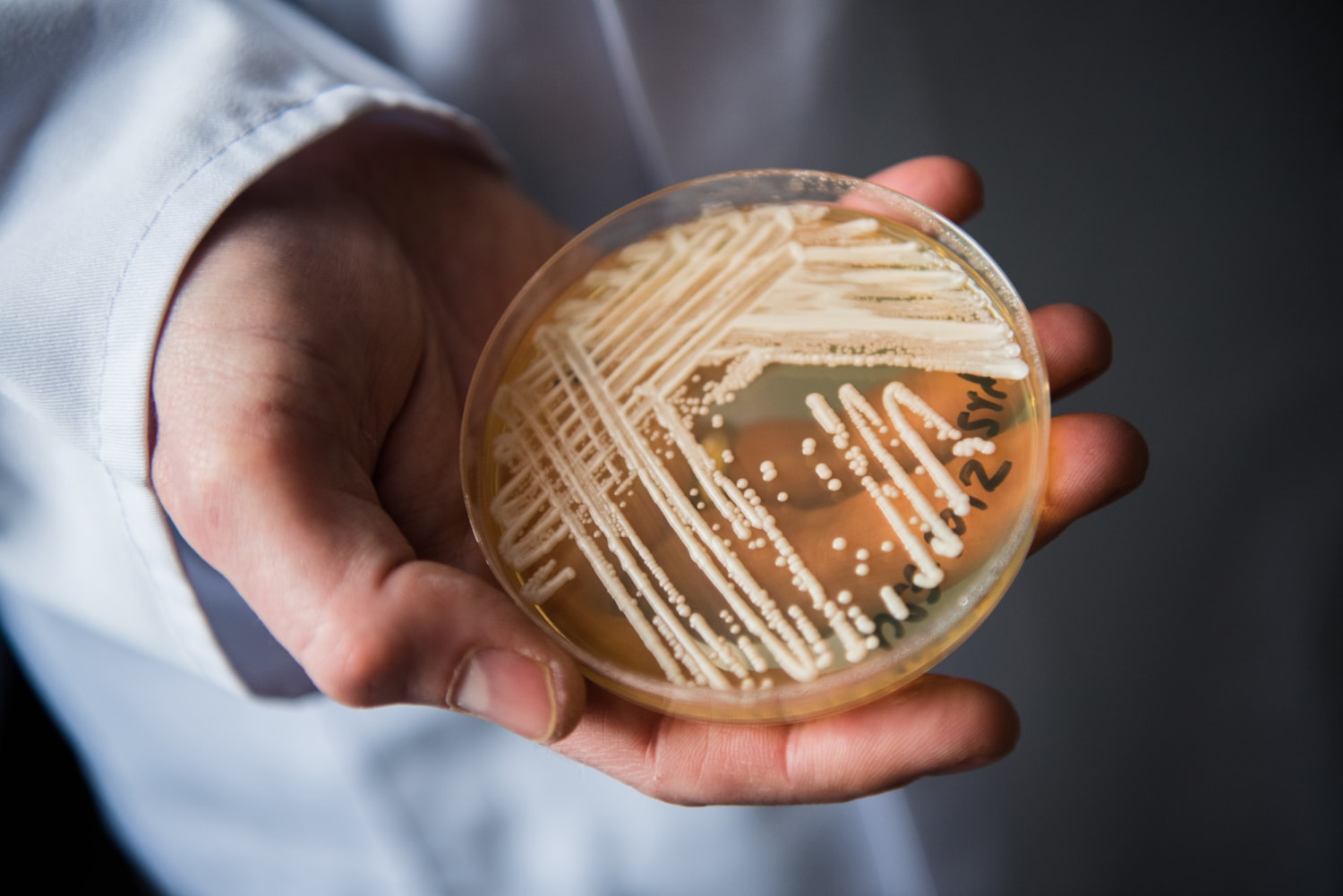Fungal infections can affect both people and animals, causing a variety of symptoms and health issues. Understanding these infections and how they differ between species is crucial for proper diagnosis and treatment. While humans and animals can both fall victim to fungal pathogens, the way these infections manifest and are managed can vary significantly.
By exploring the similarities and differences in fungal infections in people and animals, we can gain valuable insights into how these organisms interact with their hosts and how best to combat them. In this comparative guide, we will delve into the world of fungal infections, shedding light on the complexities that arise when these microscopic invaders take hold in our bodies and those of our animal companions.
Introduction to Fungal Infections

Fungal infections are common in both people and animals, caused by a variety of fungi that can affect different parts of the body. These infections can range from mild, such as athletes foot or ringworm, to more serious conditions like invasive candidiasis or aspergillosis. Fungi are opportunistic pathogens that thrive in warm, moist environments and can easily spread through contact with contaminated surfaces or objects.
As such, it is important to understand the causes, symptoms, and treatment options for fungal infections to prevent their spread and ensure proper care for those affected. This comparative guide will delve into the similarities and differences between fungal infections in people and animals, highlighting key insights that can help in diagnosis and management.
Common Types of Fungal Infections in People and Animals

There are several common types of fungal infections that can affect both people and animals. In humans, some of the most prevalent fungal infections include athletes foot, ringworm, and yeast infections. These infections can often be found on the skin or in the nails, causing itching, redness, and irritation. In animals, fungal infections such as ringworm, thrush, and aspergillosis are common. Ringworm, which is not actually caused by a worm but by a fungus, can be found in dogs, cats, and even horses.
Thrush is a common fungal infection that affects the hooves of horses, while aspergillosis is a respiratory infection that can affect birds and mammals. Understanding the different types of fungal infections that can affect both people and animals is crucial in order to provide proper treatment and care.
Similarities and Differences in Fungal Infections between People and Animals

Fungal infections can affect both people and animals, with similarities and differences in how they manifest. Both humans and animals can experience skin infections, respiratory infections, and systemic infections caused by fungi. However, the specific types of fungi that cause infections may vary between species. In addition, the symptoms of fungal infections can differ between people and animals, with animals often exhibiting more severe symptoms due to their inability to communicate discomfort.
Treatment for fungal infections in people and animals also differs, with certain antifungal medications being safe for humans but toxic to animals. Understanding these similarities and differences is crucial for effectively managing fungal infections in both people and animals.
Conclusion
In conclusion, understanding fungal infections in both people and animals is essential for effective prevention and treatment strategies. By comparing the similarities and differences in how fungal infections manifest in humans and animals, we can improve our understanding of these diseases and develop better treatment options.
It is important to be aware of common fungal infections in both species and to consult a healthcare provider or veterinarian if symptoms are present. Horse owners should also be vigilant about Horse Thrush Treatment to prevent the spread of infection and ensure the health and well-being of their animals. Overall, a comprehensive understanding of fungal infections in people and animals is crucial for promoting the health and safety of both.

